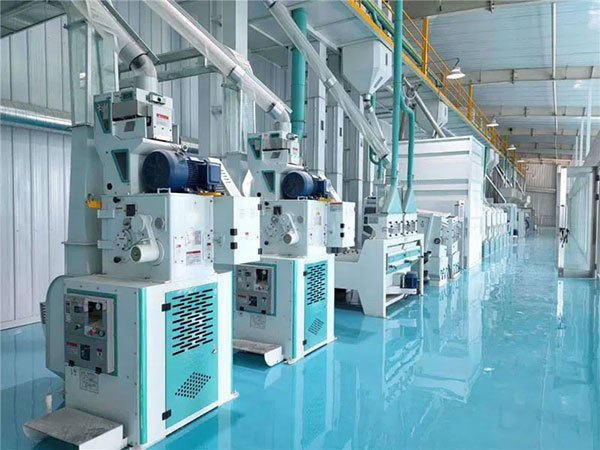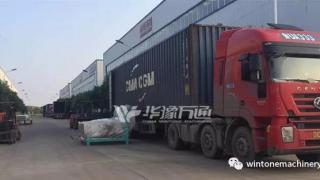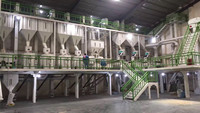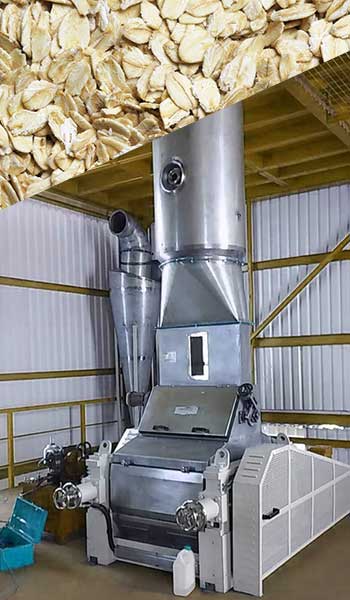Machines Used in Rice Milling Process
SynopsisVarious types of rice mills use machinery designed to perform a variety of modifications and sorting applications prior to packaging rice for consumer sales. Of these equipment types, the most important are those that remove impurities from the product.
Various types of rice mills use machinery designed to perform a variety of modifications and sorting applications prior to packaging rice for consumer sales. Of these equipment types, the most important are those that remove impurities from the product. The second most important machines are those that guarantee uniformity in product texture and coloration. Next Wintone Machinery introduce you machines used in RICE MILLING PROCESS.
Destoner
The destoner is one of the most important pieces of rice mills machinery. Stones or other bulky impurities are commonly present in grain products. The destoner separates impurities such as stones and sand from the paddies. However, it does not use typical sifting technology to accomplish this. Instead, it employs a method called bulk density comparison. Sand and stones are separated from the product bulk through a primary sieve. A fan then drives the product through a secondary sieve. The lighter product is reclaimed by the airflow, while the heavier debris separates and is discharged from the sieve.
Paddy Husker
As its name implies, the paddy husker removes the husk form the product. The paddy enters the husker through a feed that leads into a chamber that houses pneumatically controlled rubber rolls. These remove the husks from the product as it passes through the chamber. A combination of electric and pneumatic controls runs a more advanced type of paddy husker. This model type combines the advantages of reduced time (pneumatic) with greater precision (electric).
Paddy Separator
Paddy separators are another essential type of rice mills machinery. Their purpose is to remove both course and fine contaminants from stock paddies. One type of separator uses a sieve where the product is distributed across the width of the upper portion. Vibratory motors then create a reciprocating movement that moves the stock vertically downward onto a screen, where it passes through the screen which filters contaminants.
Thickness Grader
Thickness graders help group individual grains with others of near identical thickness. This type of device is also used to separate products such as beans as well as a variety of other grains. Slots or round holes on a screen allow grains of specific thicknesses to pass through into a collector.
Abrasive Whitening
Many types of rice are labeled “white” in the store. In reality, there are many shades of white, ranging to near brown. The lighter shades of white are produced by abrasive whitening machines that whiten the stock to various shades of the color.
A very similar type of rice mills machinery includes various types of polishers. Because abrasive whitening alone creates unevenness in the surface of grains, the smoothness that consumers desire must be created by an application of controlled air and humidity.
Another type of milling equipment then matches grains of equal length. Short grains and broken pieces are filtered out with a rotating cylinder that is designed with indentations on its surface. Longer grains fall out of the indentions into a catch trough. A second trough catches the shorter, broken, and immature grains.
At this point, the stock is run through a color sorter. This type of rice mills machinery creates the uniformity of color that a single bag of product features in a store. This is accomplished by using advanced digital imaging to compare coloration of individual grains. Comparable colors are then grouped together for final packaging.
Packing
The final product is then packaged with a variety of packaging machines before being shipped to grocer distributors.
The above machines introduced are important to get good quality rice. The absence of either, RICE MILLING PROCESS is affected.











Leave a reply